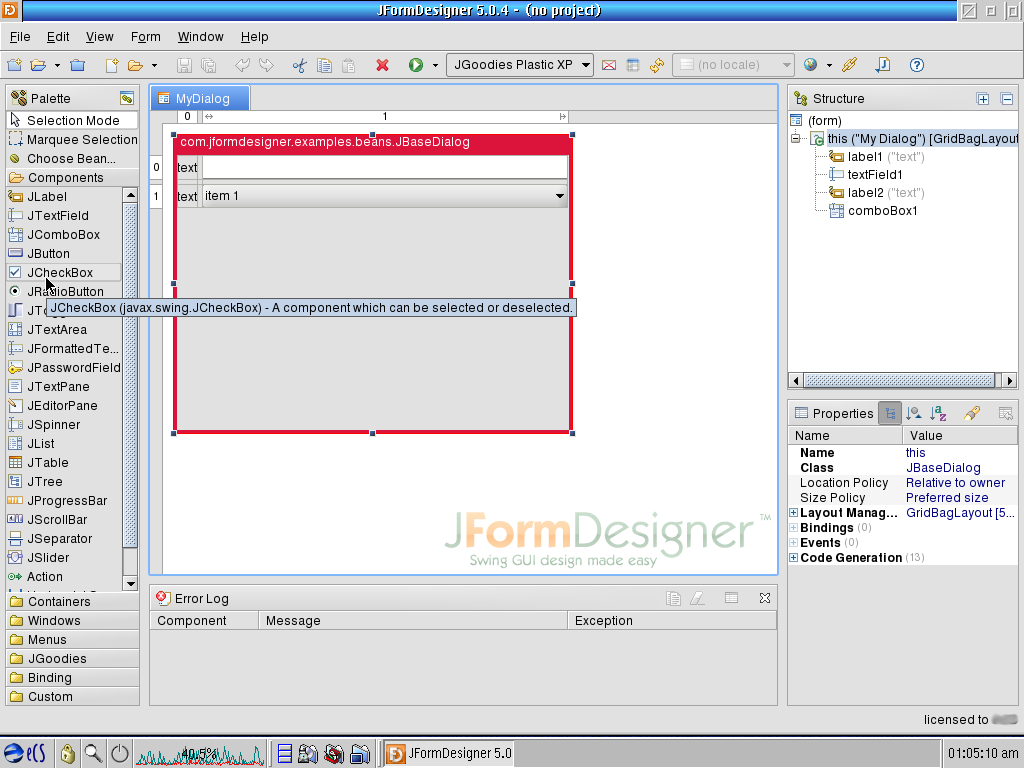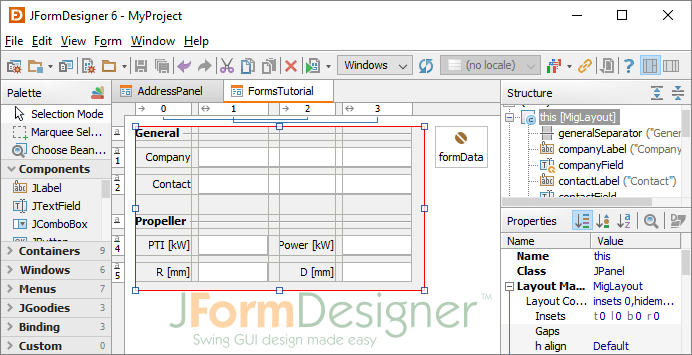

Also, there's a heavy use of lambdas, defender methods and the stream API in the code base. JDK8 is required, because TextFlow, introduced in JavaFX 8.0, is used to render each line. CodeArea is used in the Java Keywords demo. CodeAreaĬodeArea is a variant of StyleClassedTextArea that uses a fixed width font by default, making it a convenient base for source code editors. This renders the text in the range [from, to) in red. You can define the style classes in your stylesheet.Įxample.java: tStyleClass(from, to, "red") StyleClassedTextArea uses the Node#setStyleClass(String styleClass) method to styleText` objects. InlineCssTextArea uses the Node#setStyle(String cssStyle) method to style Text objects: tStyle(from, to, "-fx-font-weight: bold ") Since most will use either the CSS String or CSS style class approach, there are two subclasses that already handle this correctly. red ), or an object that handles this in a different way. The style object ( S) can either be a CSS String ( -fx-fill: red ), a CSS styleclass (. It properly handles the aforementioned functional programming to properly display and operate on StyledText objects. A slightly-enhanced JavaFX Text node is used to display the StyledText, so you can style it using its CSS properties and additional RichTextFX-specific CSS (see the wiki for more details). StyledText is simply a text ( String) and a style object ( S). StyledTextArea, or one of its subclasses below, is the area you will most likely use if you don't need to display custom objects in your area. See the wiki for a basic pattern that one must follow to implement custom objects correctly. GenericStyledArea is used in the Rich-text demo.
#Jformdesigner license how to#
Usually, this will be a CSS style or CSS style class.įunctional programming via lambdas specify how to apply styles, how to create a Node for a given segment, and how to operate on a given segment (e.g., getting its length, combining it with another segment, etc.). This can be used for text and object styling. This specifies what immutable object to store in the model part of the area: text, hyperlinks, images, emojis, or any combination thereof. A paragraph is either one line when text wrap is off or a long text displayed over multiple lines in a narrow viewport when text wrap is on, This can be used for text alignment or setting the background color for the entire paragraph. As such, it uses generics and functional programming to accomplish this task in a completely type-safe way. GenericStyledArea allows one to inline custom objects into the area alongside of text. The later ones extend this base class in various ways to provide out-of-box functionality for specific use cases. The first one is the base class from which all others extend: it needs further customization before it can be used but provides all aspects of the project's features. The following explains the different rich text area classes. Overriding the default behavior only where necessary without overriding any other part.Useful for displaying tooltips depending on the word under the mouse. Getting the character index under the mouse when the mouse stays still over the text for a specified period of time.Positioning a popup window relative to the caret or selection.Support for displaying other Nodes in-line.Can be used to show breakpoint toggles on each line of code. Display line numbers or, more generally, any graphic in front of each paragraph.A style can be an object, a CSS string, or a style class string. Assign arbitrary styles to arbitrary ranges of text.If you use RichTextFX in an interesting project, I would like to know! Features OmniEditor, which is then used by Chronos IDE.Squirrel SQL client (its JavaFX version).GenericStyledArea (Base area class requiring customization).Stand-alone Applications that demonstrate some of the features of RichTextFX have been moved to their own folder here Table of Contents Rather, developers can implement these on top of RichTextFX and submit their work as a PR to the richtextfx-demos package.įor a greater explanation of RichTextFX, its design principles, how it works, and how to style its areas via CSS, please see the wiki Demos Since it is a base, a number of suggested features (specific syntax highlighters, search-and-replace, specific support for hyperlinks, etc.) will not be implemented directly in this project.

It is intended as a base for rich-text editors and code editors with syntax highlighting. It does not follow the MVC paradigm as this prevented access to view-specific API (e.g., getting the bounds of the caret/selection/characters, scrolling by some amount, etc.). RichTextFX provides a memory-efficient text area for JavaFX that allows the developer to style ranges of text, display custom objects in-line (no more HTMLEditor), and override the default behavior only where necessary without overriding any other part of the behavior.


 0 kommentar(er)
0 kommentar(er)
